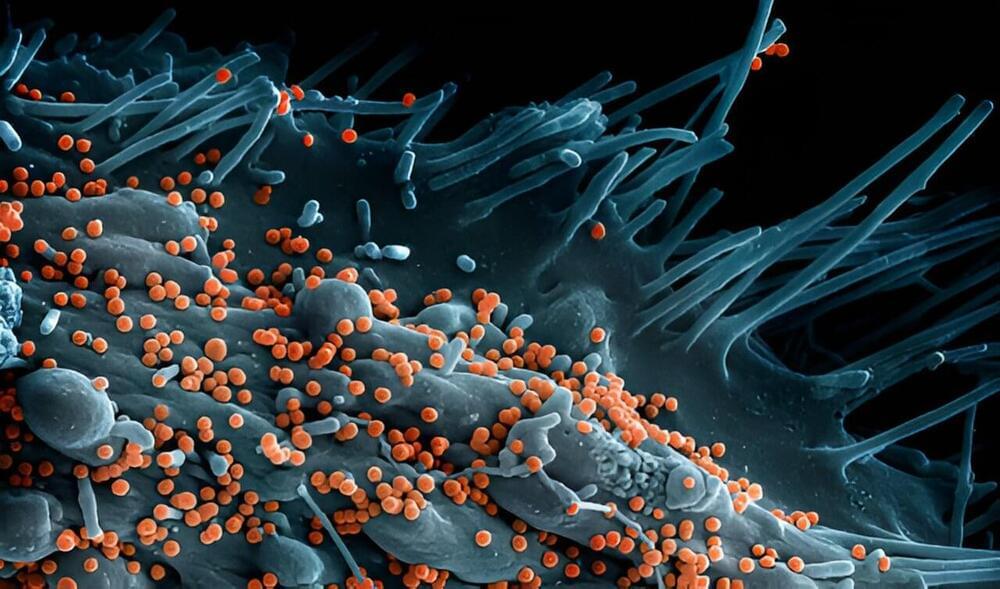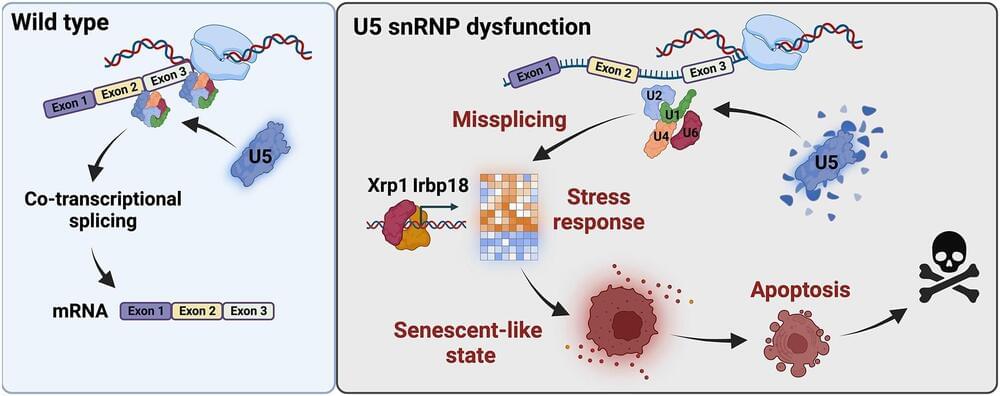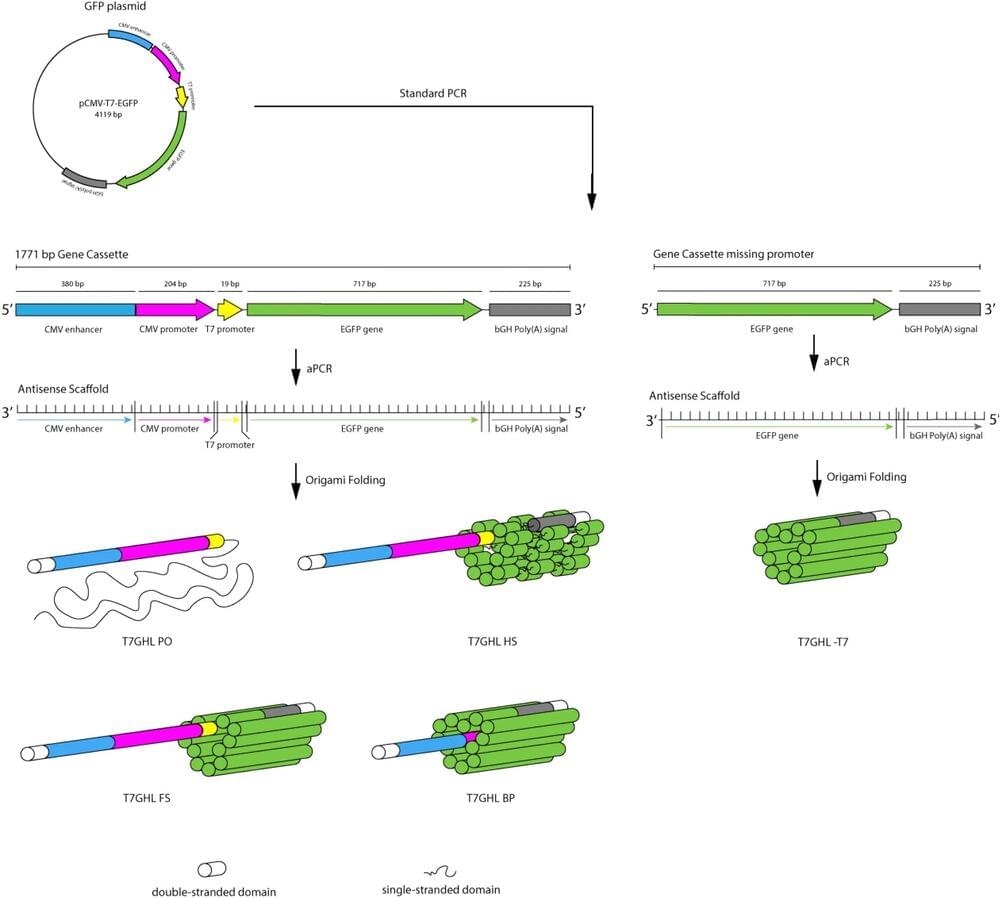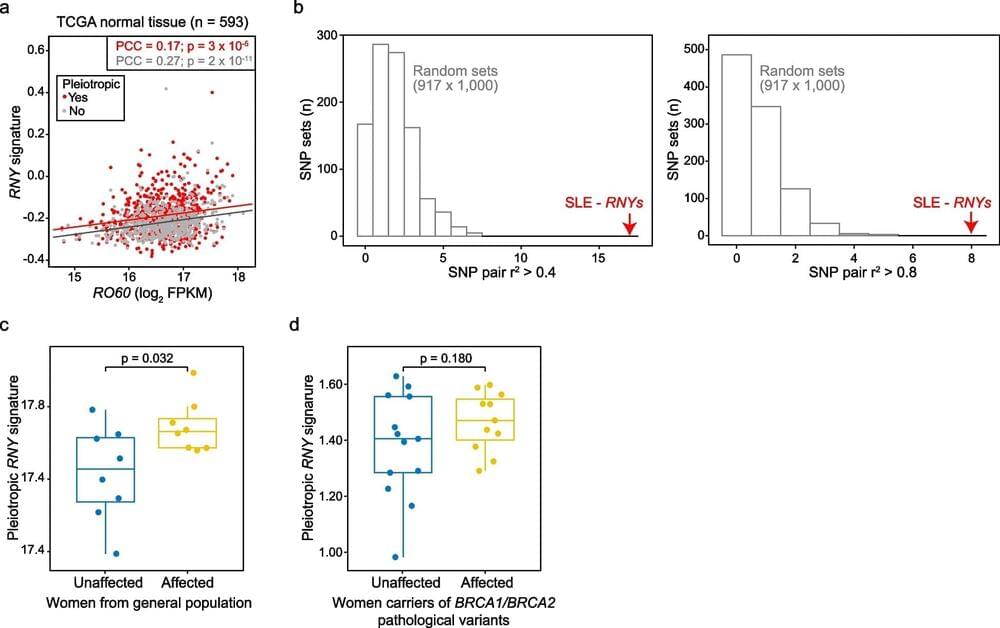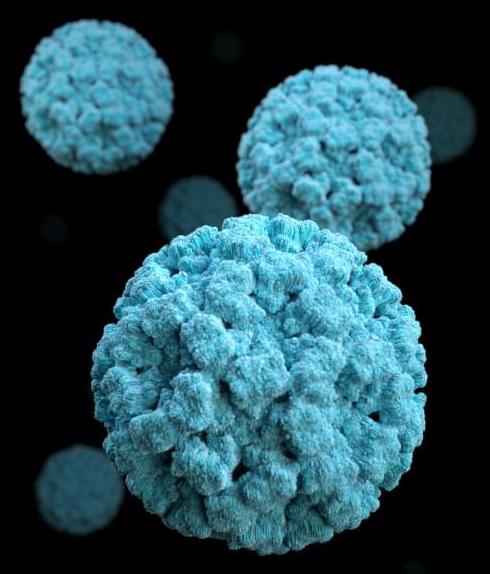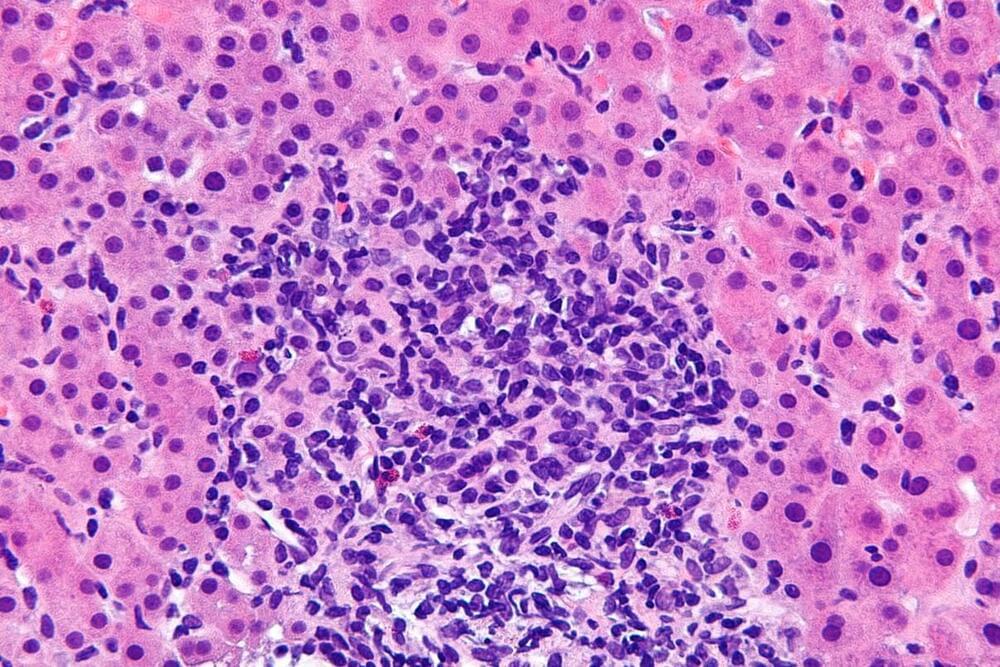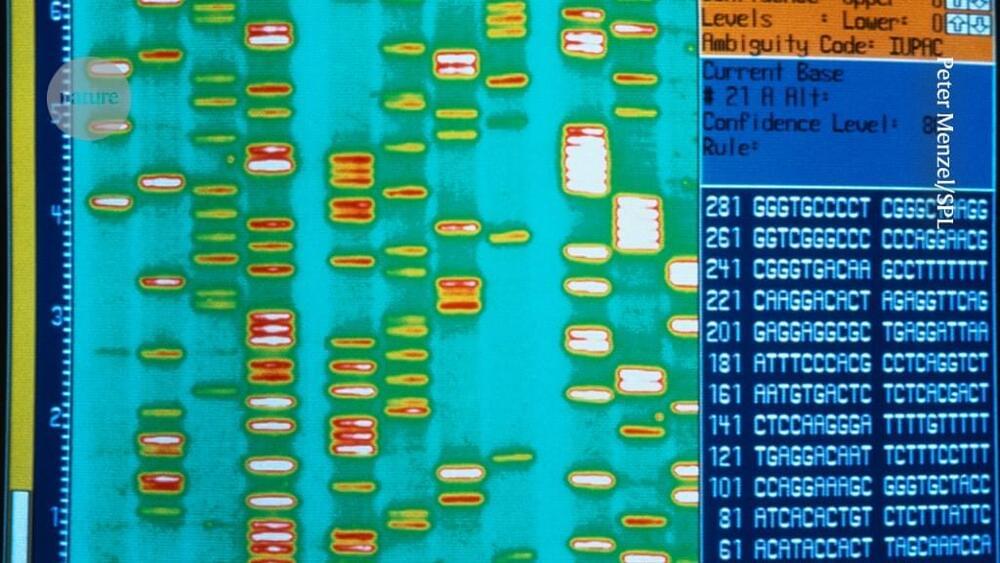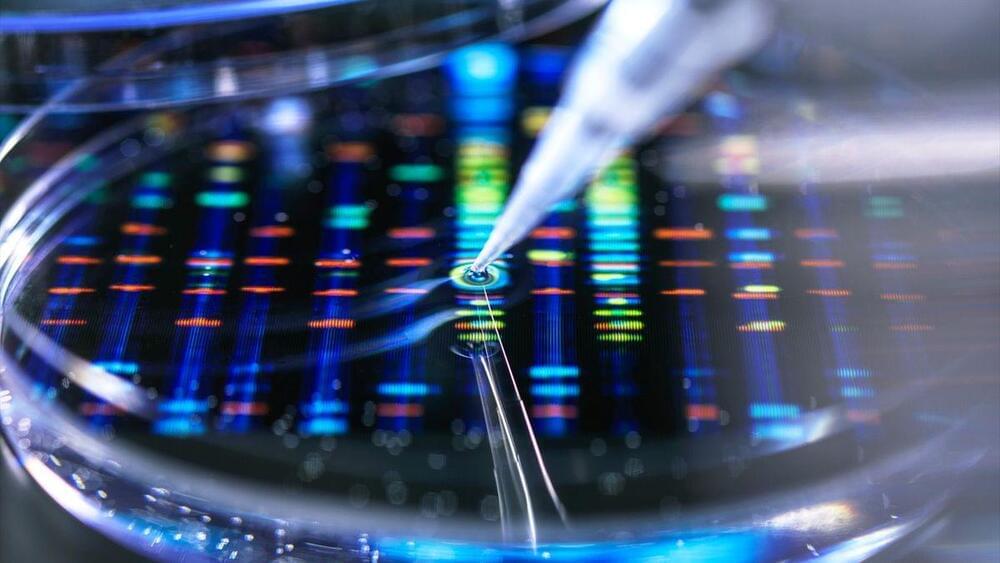Feb 8, 2024
Researchers uncover genetic factors for severe Lassa fever
Posted by Shubham Ghosh Roy in categories: biotech/medical, computing, genetics
While combing through the human genome in 2007, computational geneticist Pardis Sabeti made a discovery that would transform her research career. As a then-postdoctoral fellow at the Broad Institute of MIT and Harvard, Sabeti discovered potential evidence that some unknown mutation in a gene called LARGE1 had a beneficial effect in the Nigerian population.
Other scientists had discovered that this gene was critical for the Lassa virus to enter cells. Sabeti wondered whether a mutation in LARGE1 might prevent Lassa fever—an infection that is caused by the Lassa virus, is endemic in West Africa, and can be deadly in some people while only mild in others.
To find out, Sabeti decided later in 2007, as a new faculty member at Harvard University, that one of the first projects her new lab at the Broad would take on would be a genome-wide association study (GWAS) of Lassa susceptibility. She reached out to her collaborator Christian Happi, now the Director of the African Center of Excellence for Genomics of Infectious Diseases (ACEGID) at Redeemer’s University in Nigeria, and together they launched the study.
